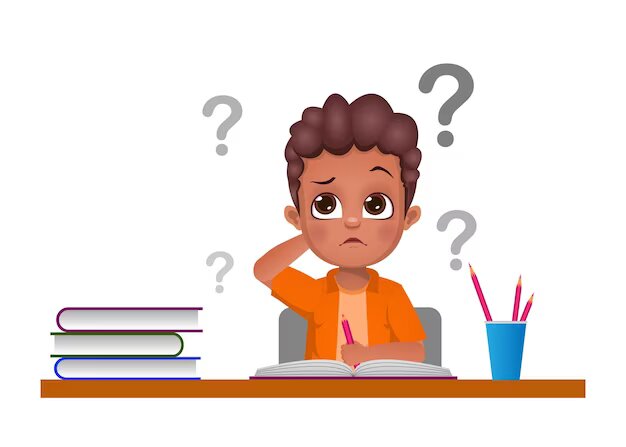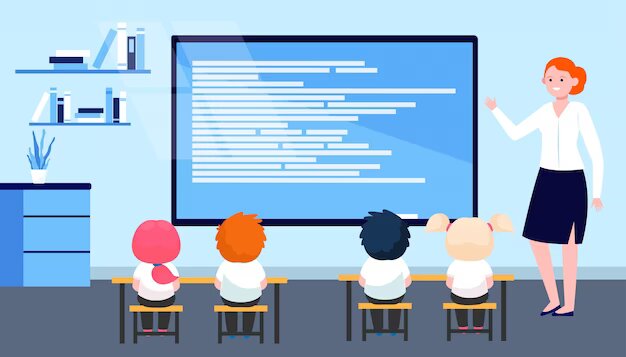Dr Vivekananth Padmanabhan|HOD-IT|Teacher Training Facilitator
1st year of engineering, it was the usual chemistry class by one of the lecturers who had a melodious voice which puts me to sleep immediately. I was sleeping with my eyes open and fantasizing on things.

The lecturer was asking me a question from that topic.
I said, ‘I don’t know.
She tried to ask a simpler question.
Again, I said, ‘I don’t know.
She gave up on me and asked, what was the topic discussed? At least tell me the title;
I said ‘I don’t know’.

Who is at fault? Is it me or the lecturer?
I would say both of us.
It may be me because I hated boring lectures; it may be the lecturer because she was using only one modality, which is text.
Consider attending a training session that is entirely text-based.
You might be able to keep up, but how much information will you remember by the end of the day?
Consider a training session that combines text with visuals like images, diagrams, or videos.
You’ll probably remember more from the second session.
This phenomenon is known as dual coding, and it is a valuable tool for educators and trainers.
What is dual coding?
Dual coding is a cognitive theory that suggests humans process and store information in two separate channels: the verbal (text or speech) and the visual (images, diagrams, or videos).

When both channels are used simultaneously, it increases the likelihood of information retention and understanding.
How Dual Coding Transforms Learning Outcomes:
- Enhanced information retention: When verbal and visual information are presented simultaneously, the brain can create stronger connections between the two. This makes it easier for learners to recall the information later on.
- Greater engagement: Presenting information in multiple formats keeps learners engaged and interested in the material. This is particularly important in today’s world, where attention spans are shorter than ever.
- Increased understanding: Visual representations can help clarify complex concepts and make them easier to grasp. For example, a diagram illustrating the steps of a process might be more accessible than a lengthy written explanation.
- Catering to diverse learning styles: Some learners may prefer verbal information, while others may learn better through visuals. By incorporating both, you can accommodate a broader range of learning preferences.
Tips for Implementing Dual Coding in Teaching and Training:

- Use a mix of text and visuals: Whenever possible, try to include both verbal and visual elements in your teaching or training materials. This could be as simple as adding relevant images to a presentation or providing diagrams alongside written instructions.
- Keep visuals simple and clear: Avoid using overly complex or detailed visuals that might confuse learners. Instead, opt for simple, clear images or diagrams that effectively convey the information.
- Align verbal and visual information: Ensure that the verbal and visual elements of your materials complement each other and work together to convey the message. Avoid using visuals that don’t directly relate to the content, as this can create confusion.
- Encourage learners to create their own visuals: Encourage learners to draw their own diagrams or create visual summaries of the material. This can help them better understand and remember the content.
- Incorporate multimedia elements: Utilize multimedia elements, such as videos or interactive animations, to further engage learners and enhance the dual-coding experience.
In conclusion, dual coding is a powerful teaching and training tool that can significantly improve learning outcomes by leveraging both verbal and visual channels of information processing.
By incorporating dual-coding strategies into your teaching or training sessions, you’ll not only help learners retain information better but also create a more engaging and inclusive learning environment.
Remember, when it comes to learning, two channels are better than one!





